Climate Change Drains Reservoirs in the U.S.

Shasta Lake, a reservoir in northern California, is pictured from the International Space Station as it orbited above the western United States. Photograph by Chris Cassidy, JSC
Zara Gounden, Circle of Blue – July 23
Reservoirs across the United States and globally are reporting significantly higher evaporation rates.Within the first three weeks of July’s record-breaking temperatures, for example, California’s largest reservoir, Shasta Lake, lost an estimated 4.1 billion gallons of water, due to evaporation.
During July, with temperatures consistently exceeding 100 degrees, Trinity Lake and New Melones Lake in California also experienced significant water losses. Millions of gallons evaporated from these lakes, far surpassing the water-loss rates recorded over the past five years.
Climate change has led to an increase in higher temperatures leading to more evaporation. Warmer air holds more moisture, increasing the rate at which water is converted from liquid to vapor. Reduced rainfall and higher temperatures cause more water to be drawn from reservoirs to meet increased agricultural and urban demand, exacerbating water loss.
A study in 2022 found that over the past 33 years, evaporative water loss from reservoirs has been increasing annually by 5.4%, exceeding the global trend of 2.1% for all lakes.
In order to combat water evaporation, methods have included the use of shade structures, floating covers, chemical treatments, and vegetation around water bodies to provide shade and reduce wind speed. However, these methods need to be implemented in conjunction with efforts to reduce the effects of climate change, as rising temperatures and changing weather patterns continue to exacerbate water loss.
Zara is a reporting intern at Circle of Blue. She is a Davis Scholar in her third year at New York University London, majoring in Global Liberal Studies with a concentration in Politics, Rights, and Development.


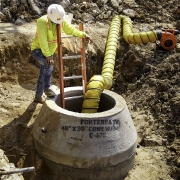
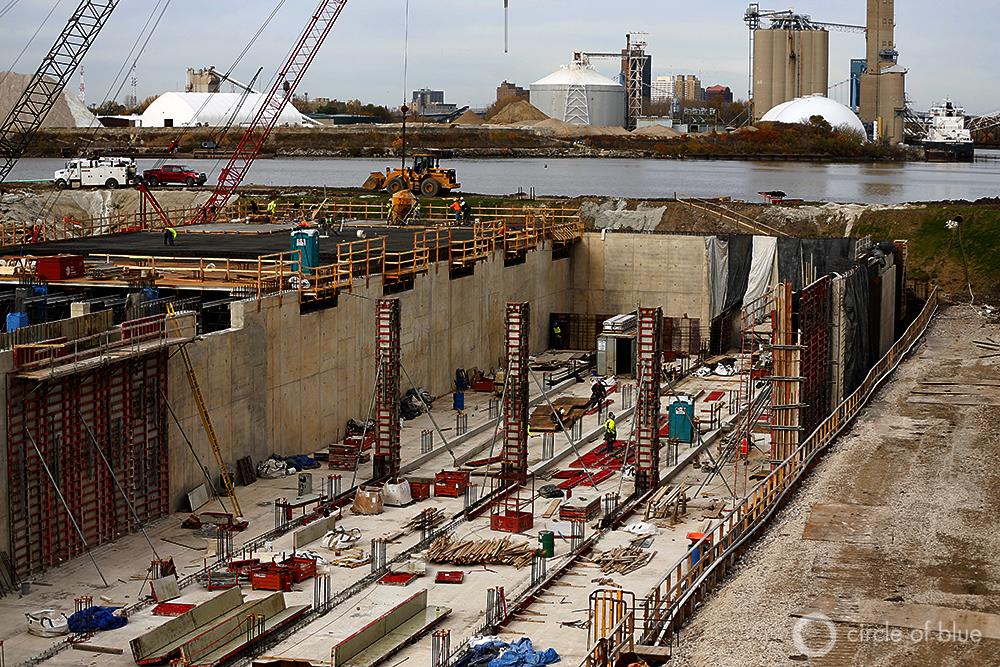

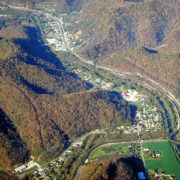
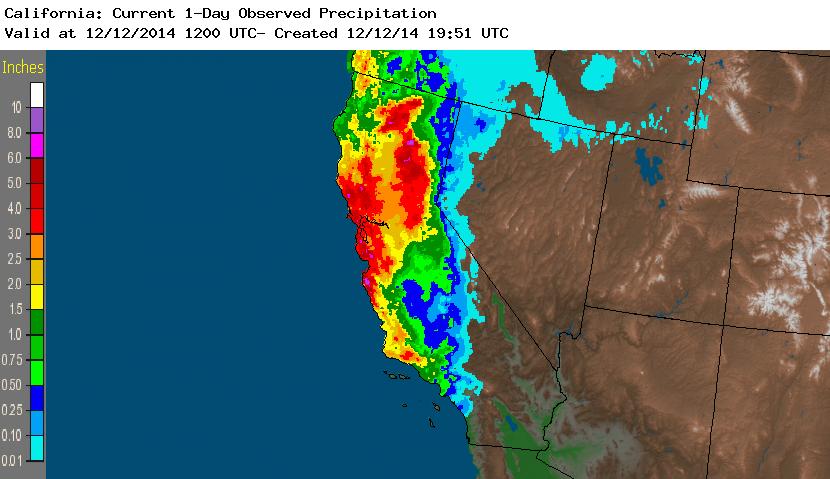
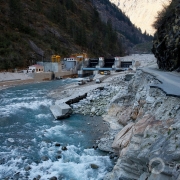




Leave a Reply
Want to join the discussion?Feel free to contribute!